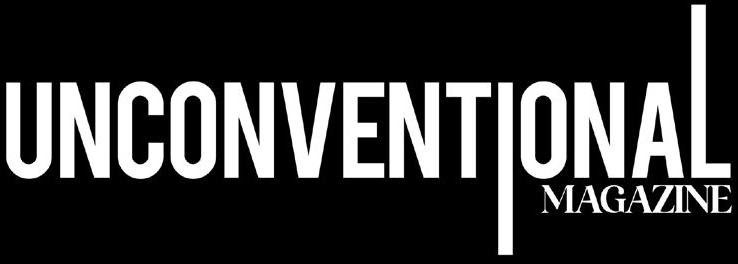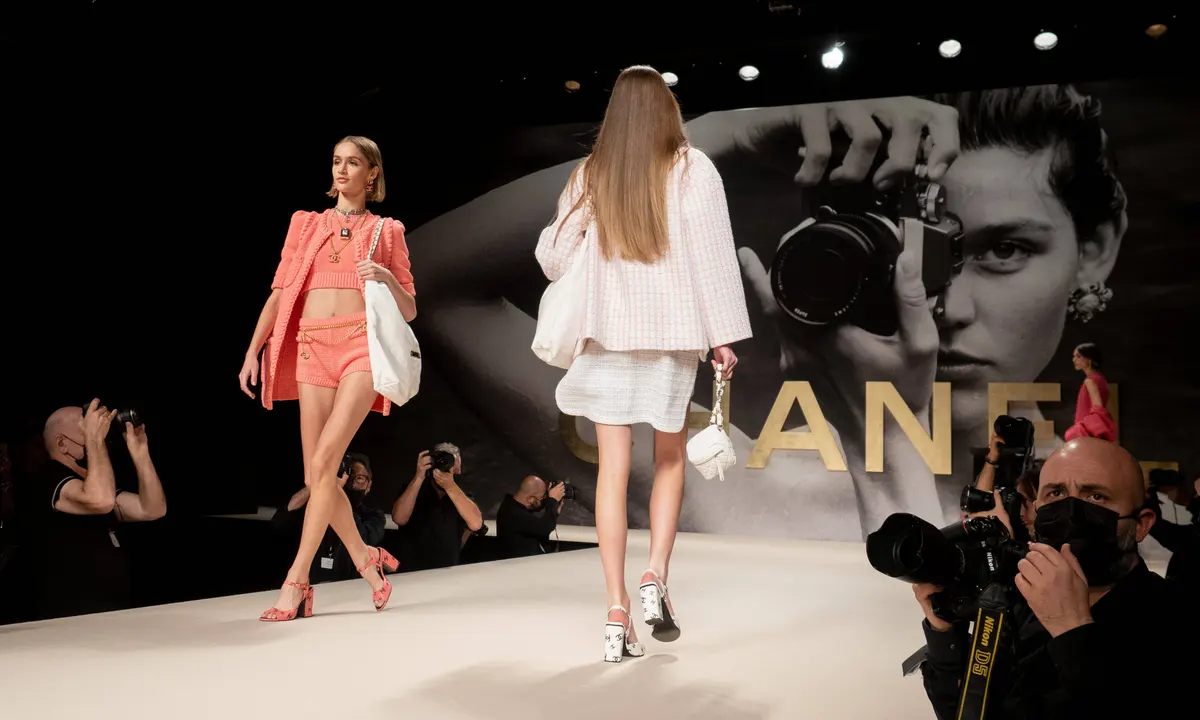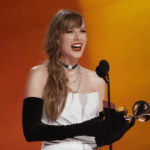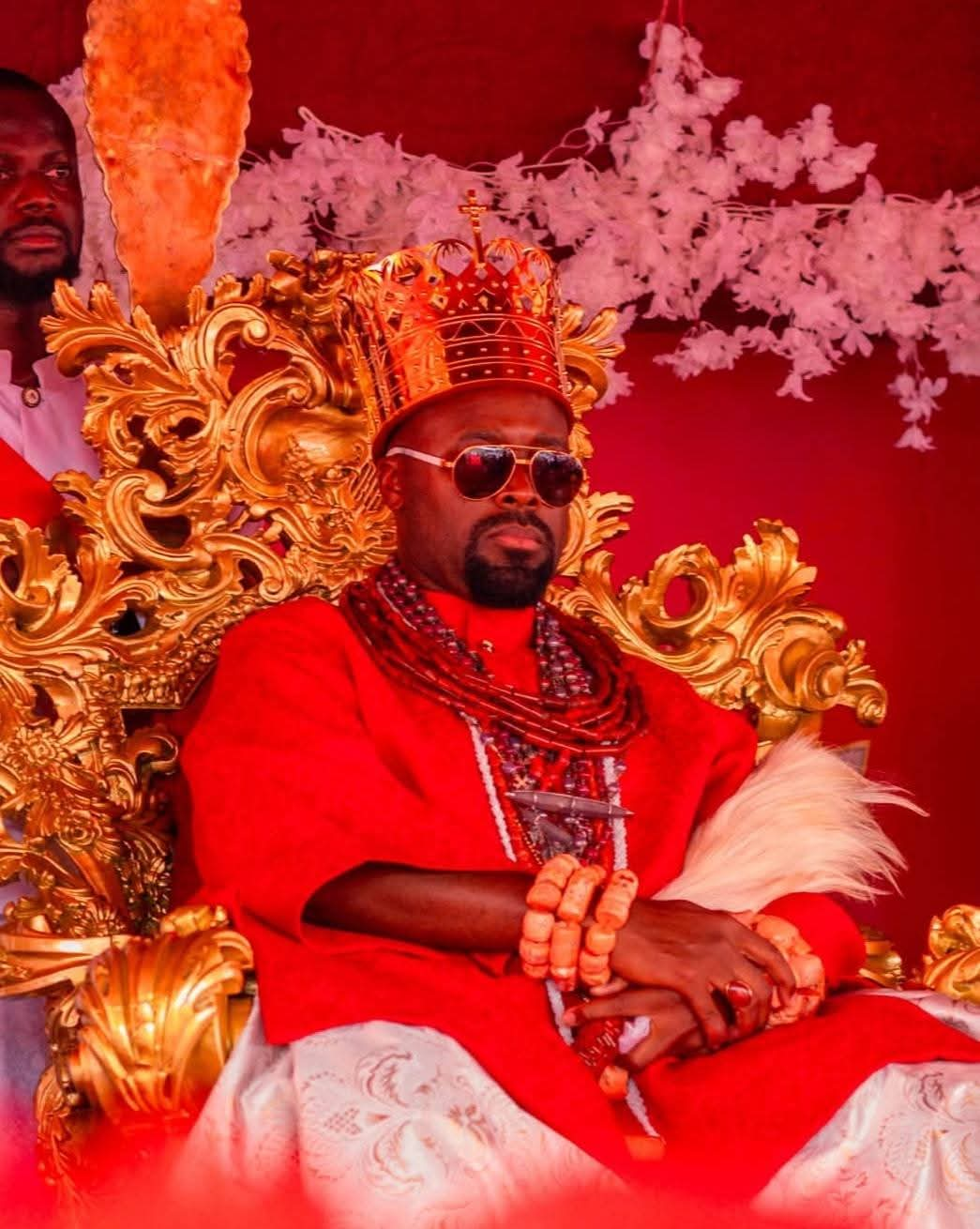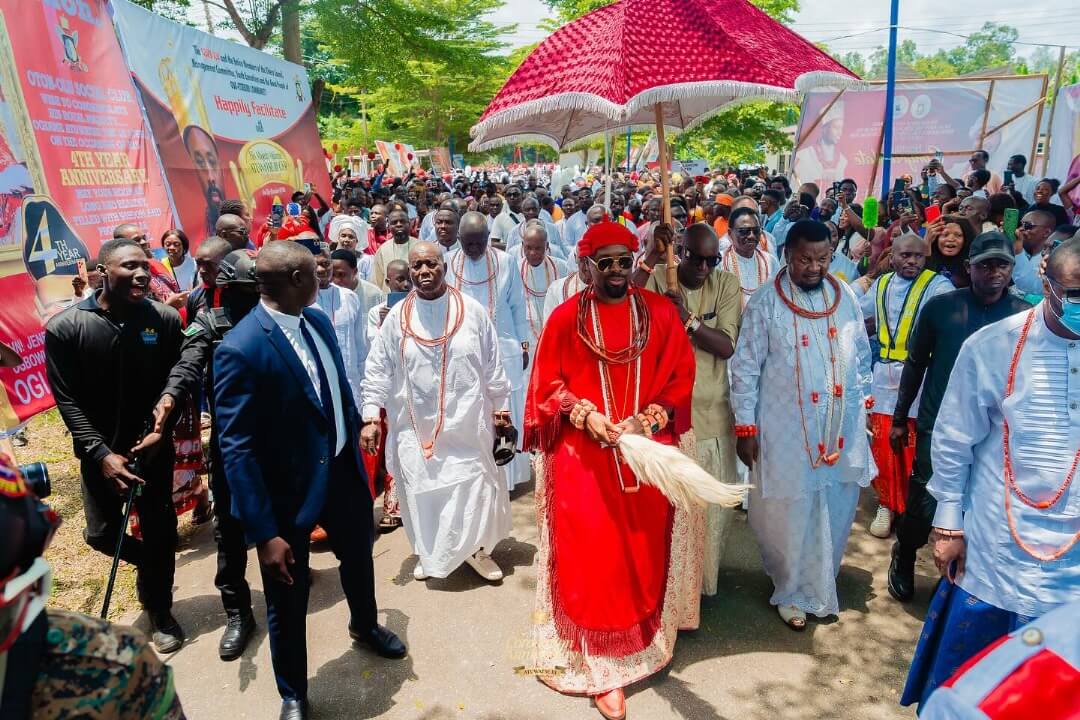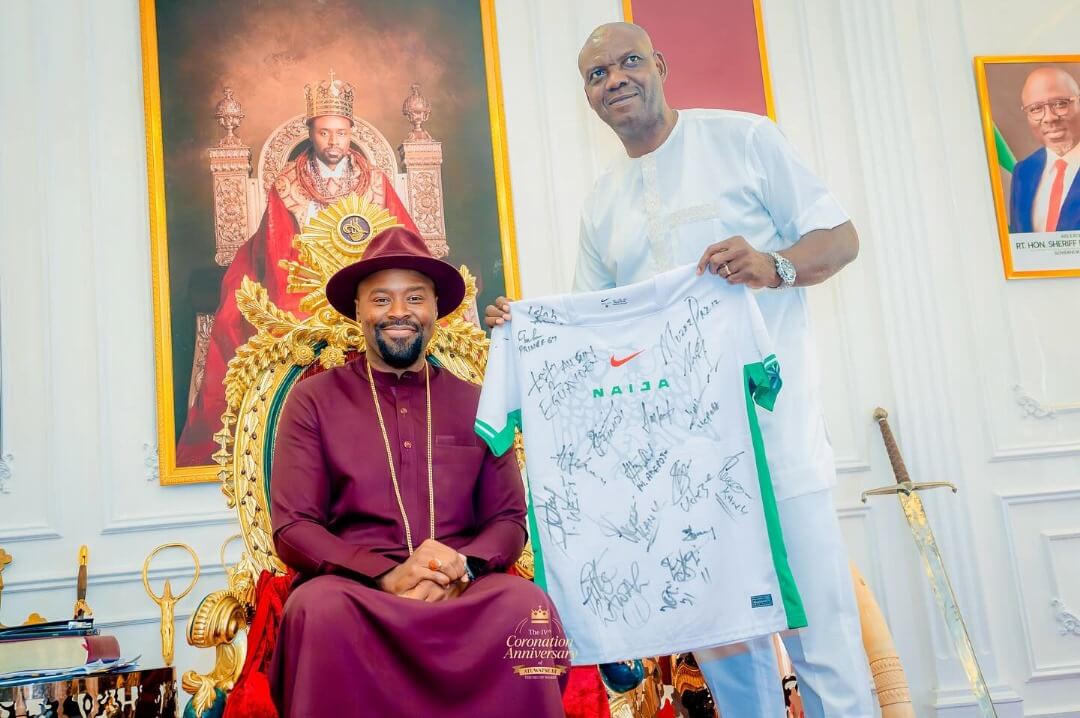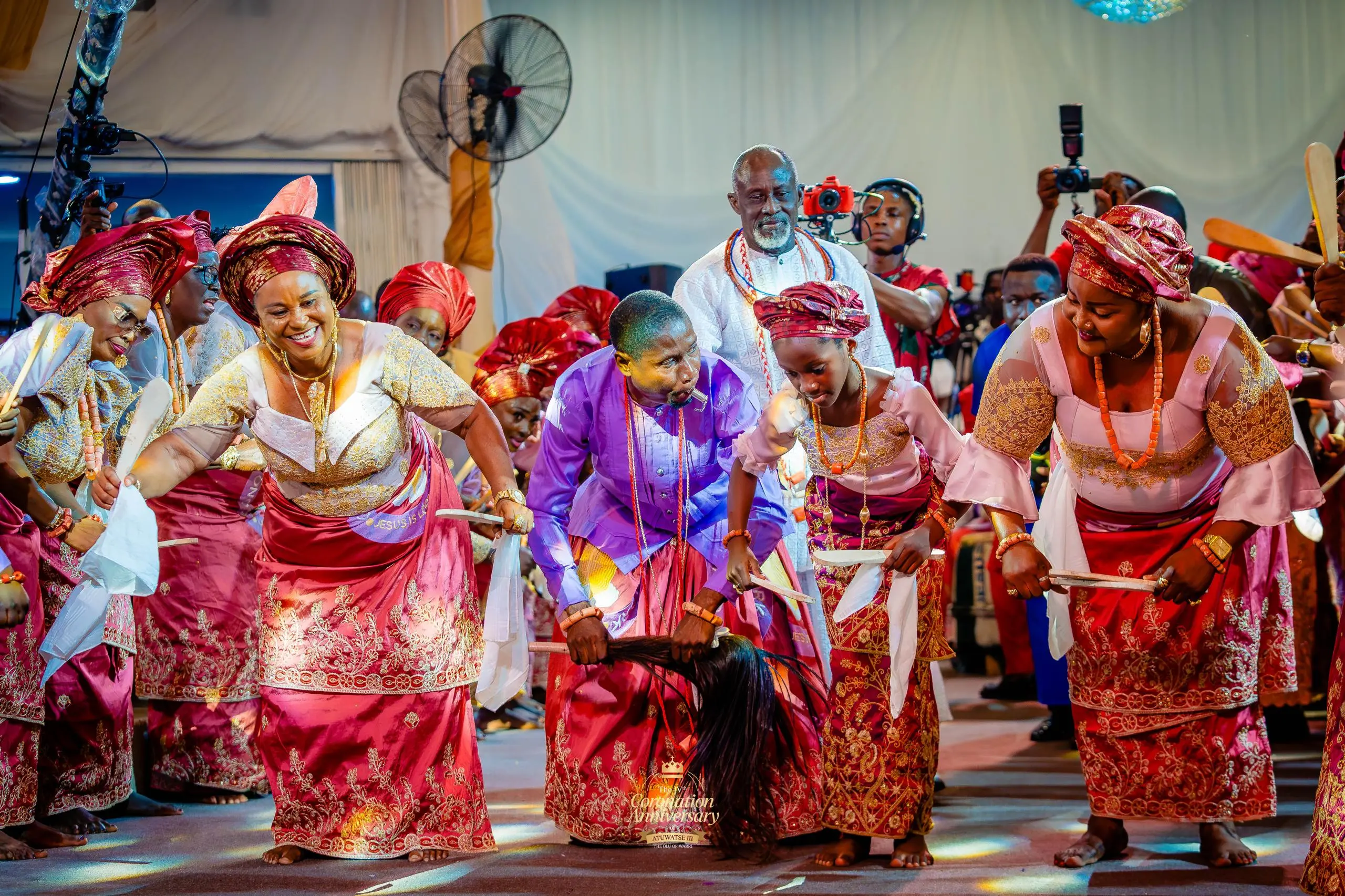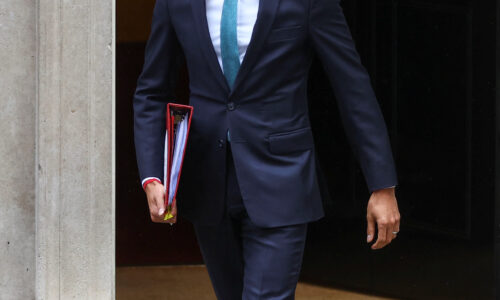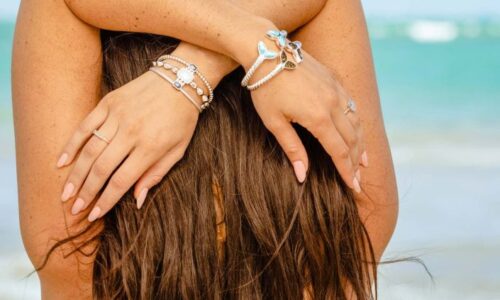- Judith Akatugba
- 0 Comments
- 606 Views
An image taken expressly to showcase a piece of clothing or accessory with the intention of recording or selling the item is an example of a fashion image. Despite the fact that photography has been since 1839, taking images of the newest styles of clothes does not qualify as “fashion photography“.
The objective of a fashion image is to depict fashion or a trendy lifestyle; this serves as both the genre’s distinguishing feature and the common thread throughout the diverse range of approaches and subjects covered.
Read Also: Grammys 2024: Taylor Swift Wins Historic Fourth Album of Year
The late 20th-century Calvin Klein advertisement, which featured only Calvin’s portrait, revolutionized the use of fashion photos in advertising. Fashion photography has been called transient, commercial, and frivolous, and its worth has been questioned.
Some people believe that because fashion photography is mostly done for business clients, the images aren’t produced with much thought or respect for the medium. In reality, it has produced some of the most inventive, fascinating, and enlightening documents that have illuminated the customs, values, aspirations, and preferences of the era. It conveys the aims and dreams, feeling of self, values, sexuality, and interests of women as part of their identity.
A fashion shot’s effectiveness as a marketing tool depends on the audience’s capacity to suspend disbelief. Any fashion photo, no matter how contrived, needs to persuade viewers that by wearing the featured clothing, using the featured product, and accessorizing in the featured way, they, too, can accomplish the same outcomes.
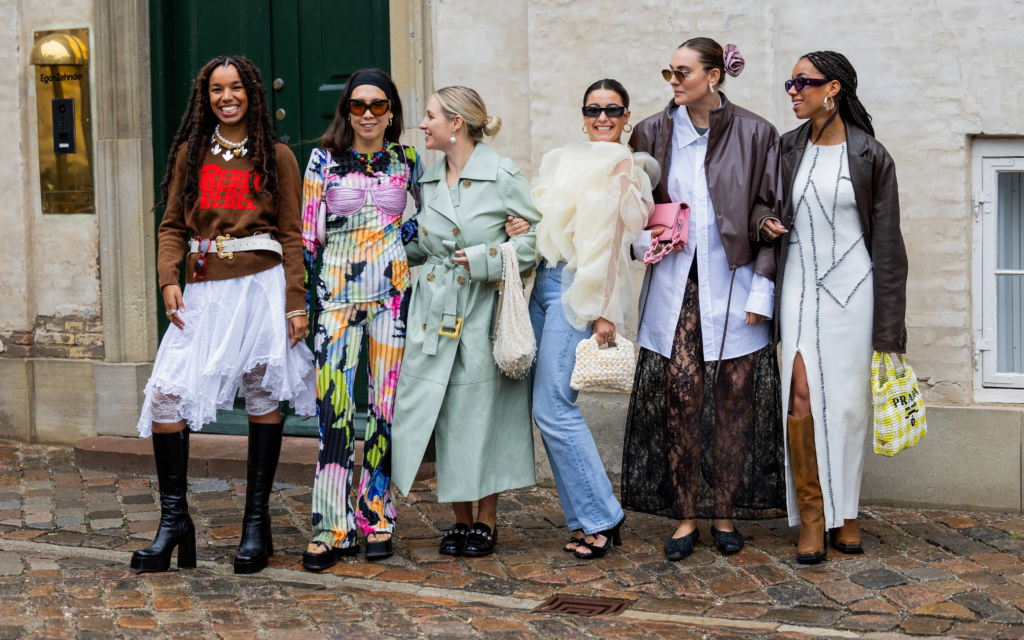
An idealized representation of a particular culture’s expectations for behavior, attire, and sexuality may be seen in an image of the newest trends. Nevertheless, an image’s ability to succeed ultimately rests on how well the subject is received by the audience.
The secret to a model’s portfolio success is a fashion photographer. Fashion photography seeks to present apparel and accessories in the best possible light.
Fashion photography’s aesthetic has developed over the years due to the appealing clothes, models, and accessories that are highlighted by the utilization of exotic locations, creative storylines, and highly stylized photography.
This genre can be approached in three different ways: high fashion, editorial, and catalogue. The fourth trend that is becoming more and more popular is street fashion photography. Editorial and high fashion share a similar look, making it challenging to distinguish between the two. On the other hand, street and catalogue designs can be easily distinguished from one another.
Photography for Editorial Use
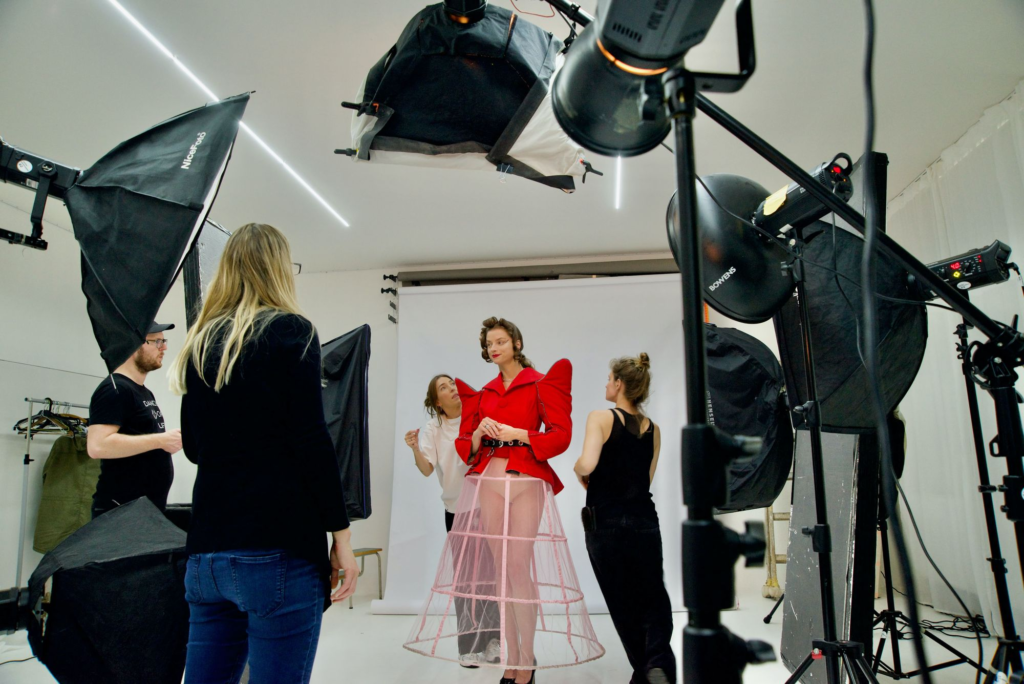
For fashion magazines, this is the typical photography technique. The models usually change their clothes from morning to midday to evening as part of a narrative arc.
Each of these pictures exemplifies a distinct idea, and in order to fully represent the theme, the models must act out the roles that are allocated to them and exhibit sincere emotion. A powerful message is conveyed throughout the entire sequence.
Photography for the Runway
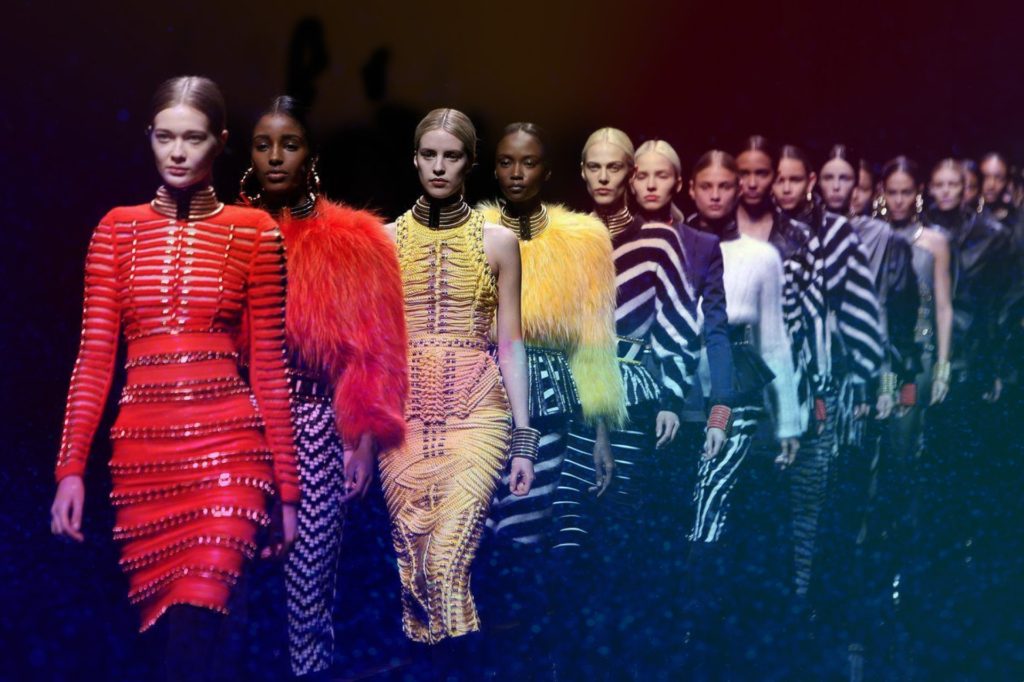
This type of photography is used by several well-known fashion labels and firms to advertise their products. Supermodels and well-known actors and actresses are typically shown in the pictures.
The accessories and apparel displayed are frequently styled in an exaggerated manner. It is acceptable to drive home the points of contention. The model’s attire, makeup, hairstyle, accessories, background, lighting, and hair all work together to create a unified look.
Images for a Catalogue

This format is used by companies who use printed materials to advertise their products to consumers. The clothes in the photo stand out vividly because the model was told to strike a pose against a preset backdrop.
The pictures produced by this kind of photography emphasize the little details of the clothing with little to no styling effort. Typically, studios or other controlled locations are used to shoot these photos.
Photographs of Street Style Fashion

This style is centered on the average person that walks the streets. It all comes down to expressing the essence of what the typical individual wears and how they use clothing to understand and express who they are as a form of self-expression. To show how clothes are reflected in real life, style photographers would capture models going about their daily lives.
An Overview of Fashion Photography’s Early Years
Styles of the 19th Century
A few commercial photographers, known for their photographs of fashionable and wealthy women, set the standard for fashion photography in the middle of the nineteenth century. The Countess of Castiglione Virginia Oldoni, mistress of Emperor Napoleon III and even a star of the court, started working with photographer Pierre Louis Pierson in 1856 and so became the first fashion model. Over the course of four decades, they collaborated to produce 800 images, one of which included her dressed as the Queen of Hearts.
Thus, it was inevitable that fashion photography would cohabit alongside celebrity portraits from the beginning, and this tendency continues to this day. French designer Charles Frederick Worth hired Marie Vernet, the first known non-celebrity fashion model, in 1853 to present his collection.
During the late 1890s, Lady Duff Gordon staged several fashion presentations for her Lucille label, using a group of tall, lean women as her models. Furthermore, Jeanne Paquin and Paul Poiret organized the first fashion parades using studio models in the United States and Europe in the early 1900s. Paquin was also the first designer to use models in advertising campaigns.
In the late 19th and early 20th centuries, it was typical for the distinctions between fashion, portrait, and theater photography to become hazy. Around the turn of the century, it was popular for prominent members of society, such as Gertrude Vanderbilt Whitney, to dabble with the usage of paid models, although it was initially a contentious practice. The outcome was fashion photography with a startling resemblance to social portraiture.
It’s a common misconception that Americans invented fashion photography first, presumably as a result of Edward Steichen’s claim to be its creator. This has obscured the work of Parisian fashion photographers from the early 20th century, like Talbot, Maison Reutlinger, Felix, Henri Manuel, and Boissonnas et Taponnier, who started their careers in 1881.
Edward Steichen
High-end fashion journals used the pictures Edward Steichen took during his 1911 fashion shoot, showcasing them next to pieces by designers like Paul Iribe and Georges Lepper. Designers were starting to recognize the creative potential of fashion photography in Paris, the center of fashion in the early 20th century. Beginning as postcard photographers in 1910, Louis, Jules, and Henry Seeberger started publishing their pictures of fashionable and wealthy women in esteemed French magazines.
At around the same time, Edward Steichen, a fine art photographer, was given a mission by Lucien Vogel, who had recently launched two new fashion magazines, Les Jardin des Mode and La Gazette du Bon Ton, to inject his uniqueness into fashion photography. Rising to the occasion, Steichen took thirteen pictures of Paul Poiret’s couture creations for Art et Decoration in 1911.
It is now acknowledged that Steichen’s intervention was the first modern photography shot. The way the clothes were photographed captured not only the object but also the essence of its formal appearance and physical characteristics.
When Fashion Magazines Really Took Off
Periodicals about fashion have existed for a lot longer than the 20th century. Jean Donneau de Visé, who founded Le Mercure Galante in 1672, might have been the first person to publish a fashion illustration-focused periodical. Fashion illustrations were published in The Lady’s Magazine, a British monthly, from 1770 to 1818.
Fashion photographs were also published in the 19th-century French publications Le Costume Francais and Journal des Dames et des Mondes, albeit these were produced with the assistance of hand-colored engravings. Harper’s Bazaar, the first American fashion magazine, made its debut in 1867, and Vogue wasn’t established until 1892.
Their beginnings corresponded with advances in printing technology that made it feasible to reproduce photographs, and by 1890, text and images could coexist on the same page. This change not only led to a rise in the number of people reading fashion magazines but also resulted in a total redesign of the most prominent women’s publications. But largely to the introduction of proper modern photography, Vogue had become the major fashion publication by the early twentieth century, with Harper’s Bazaar positioned as its main rival.
Fashion Magazines: Vogue and Condé Nast
The ambition of the magazine’s founders is largely responsible for its current state of growth. Following its acquisition of Vanity Fair and Vogue in 1905, Condé Nast directed the magazines’ focus towards fashion and photography. He brought about inspiring improvements in the business with the introduction of two-page spreads and later color photography. Additionally, Nast employed renowned photographer Baron Adolph de Meyer, the first chief photographer of Vogue.
De Meyer created the visual aesthetic of the magazine by showcasing gorgeous ladies in environments that prioritized ambiance and mood. Steichen set the visual standard for the next fifteen years when he was appointed official photographer for Vogue and Vanity Fair in 1923. He captured the ideal of a contemporary woman’s style and immortalized it with the accuracy of Straight Photography.
Harper’s Bazaar and Carmel Snow
Harper’s Bazaar became a leading authority on style during the 1930s. Around 1932, fashion director Carmel Snow moved from Vogue to Harper’s. Reimagining the magazine was a challenge taken on by Snow, a megastar who was said to eat, sleep, and survive on a daily three-martini lunch.
In 1933, she hired Hungarian photographer Martin Munkacsi to take pictures of the bikini spread for the Palm Beach issue. After capturing a running Lucile Brokaw on Piping Rock beach on Long Island, Munkacsi turned the magazine’s attention to action photographs of women around the globe.
When Snow took over as the magazine’s editor-in-chief in 1934, he moved fast to recruit a bright team that helped launch it to global acclaim. As an established model and socialite, Diana Vreeland was elevated to the role of fashion director, while Alexey Brodovitch was chosen the magazine’s art director. Russian immigrant Brodovitch was well-known for his dynamic, avant-garde designs that reflected the era’s aesthetic. He worked for Sergei Diaghilev’s Ballet Russes as a theatrical designer and graphic designer.
As chief photographer, Louise Dahl-Wolfe took over; her colorful covers, which featured energetic models in natural settings, perfectly encapsulated the essence of the contemporary woman. The day Dahl-Wolfe and her astute, Russian-born art director would no longer be dominated by stuffy black-and-white social photos was something they both looked forward to. They favored portrayals that embodied their vision of a contemporary, self-reliant woman—one who was out and about, shown working, traveling, dancing, and sipping champagne.
The collaboration would transform fashion photography over the ensuing 20 years, ending in 1958 when Louise Dahl-Wolfe departed and Vreeland joined Vogue in 1962, where she served as editor-in-chief until 1971.
The Growth After the War
Following World War II, French designers aggressively worked to revive the fashion industry by bringing back elegant and feminine trends, but they also adopted a “make do and mend” approach. The goal of Christian Dior’s 1947 summer collection, which was supported by clothing and textile manufacturer Marcel Broussac, was to bring back feminine style, soft, rounded curves, wide flowing skirts, and beauty.
The dramatic transformation of the magazine’s female readership was dubbed “the New Look” by Harper’s editor-in-chief Carmel Snow; the ten years that ensued culminated in the musical comedy Funny Face (1957).
In this film adaption, Audrey Hepburn portrayed a refined, intelligent woman who visits the jazz clubs of Montmartre in pursuit of philosophical conversation with the father of existentialist, Jean-Paul Sartre.
She falls in love with Fred Astaire’s role as a fashion photographer rather than meeting Sartre. He shows Hepburn in a series of fashion shots that progressively bring back her femininity under the shadow of some of Paris’s most recognizable locations.
The part of Astaire was inspired by the actor Richard Avedon. He served as the movie’s adviser, took still images, and got a picture of Hepburn for the poster that became legendary. Nonetheless, Diana Vreeland served as the model for Kay Thompson’s fashion editor. Givenchy’s designs also had a big influence on the movie’s New Look.
Paris was once again the center of the fashion world thanks to the efforts of Dior (and not Givenchy), which became the leading fashion house. Numerous designers after Dior, such as Thom Browne, Vivienne Westwood, Miuccia Prada, and Alexander McQueen, were influenced by her distinctive style. But for the time being, some women were against the corseted look and the New Look’s emphasis on masculine conceptions of femininity.
In the decades that followed World War II, prominent female fashion photographers like Lillian Bassman rose to prominence. Initially working as Alexey Brodovitch’s assistant, Bassman went on to become art director for Harper’s and a significant player in the careers of photographers Richard Avedon, Robert Frank, and Paul Himmel.
Her focus shifted to fashion photography in 1947. There, she experimented with bleach and heat-up techniques in the darkroom and printed using unusual materials to produce images that would come to be recognized for their impressionistic tone, evocative mood, and subtle depictions of intimate gestures.
Bassman’s distinct viewpoint regularly conflicted with the fashion industry’s profit-driven objectives. Bassman left the fashion industry in the 1970s to pursue a career in fine art photography, but her work has been preserved through a number of monographs and retrospectives, the most recent of which took place in Hamburg, Germany in 2009.
After World War II, photography in the fashion industry
Fashion publications stressed women’s involvement in the war, rationalised fashion as a means of boosting morale, carried military bulletins rather than culture columns, and featured the fitted, uncomplicated, and required barefoot because they believed that fashion was a frivolous and superfluous type of luxury.
Studio photography was on the verge of extinction because it needed expensive lighting, setups, and props. A lot of photographers started using a more documentary approach, such as Cecil Beaton in London and Lee Miller in Paris. It’s reasonable to argue that American fashion photography from the 1940s by Louise Dahl Wolfe was some of the most significant of the time.
After the Second World War, New York City surpassed Paris as the leading location for fashion photography. The United States experienced its first significant export success in the ready-to-wear and fashion design industries following World War II. The way was therefore opened for the breakthrough careers of young American giants Richard Avedon and Irving Penn, who would dominate fashion photography for decades.
Richard Avedon’s effortlessly stylish 1950s look was perfect for a country sick of war. During this decade, Avedon presented his models as sensual, free-spirited individuals instead than stiff, artificial mannequins.
Similar to actors, they all brought to life a persona and a style statement that expressed their deepest emotions. When Avedon moved away from shooting in outdoor settings with gorgeous natural light in the 1960s, he established his signature approach of having models run and jump against a simple white background lit by the harsh, raking light of the strobe.
The second significant fashion pioneer, Irving Penn, got his start in the 1940s. Penn’s work is unmatched for its formal intricacy, constructed beauty, refinement of silhouette, and abstract interaction of line and volume. While Avedon’s photographs seem to freeze a moment in time, Penn aimed to emphasize qualities like monumentality, formal clarity, and serene honesty in his own work. Perhaps his best-known work is that he did with model Lisa Fonssagrives-Penn, his wife.
The careers of Penn and Avedon both spanned five decades, exhibiting remarkable continuity and variation. In the world of fashion photography, Avedon’s daring and ingenuity are unmatched, as is his creative inspiration with its rainbow of methods and concepts. His choices range from Verushka, Twiggy, Jean Shrimpton, Brooke Shields, and Nastassja Kinski to Dorian Leigh, Dovima, and Suzy Parker. He always goes for the model that best captures the “style” of the day.
Examining Fashion Photography of the 1960s
Subjects featuring a stronger emphasis on society and the exotic replaced fashion photography in the 1960s. This resulted, in part, from designers showcasing a wide range of influences, including pop art, the space race, and the women’s rights movement. Traditional norms in social mores and attire were rejected: models showcased a new range of racial and physical characteristics, bizarre and unwearable apparel was produced, and fashion was refocused on a rebellious market run by younger generations.
For some fashion photographers, such as Bert Stern and David Bailey, who could command outrageous fees and operate in luxurious studios, the 1960s were also a golden age. Conversely, the reputation of Penn and Avedon has continued to draw serious, up-and-coming photographers from throughout the globe to New York.
While Bob Richardson’s artwork played with societal issues like lesbianism, Hiro, aka Yasuhiro Wakabayashi, developed a massive, distinct, and enduring style. Photographers William Klein, Art Kane, and Diane Arbus were among the others working in the 1960s fashion sector. Her stunning and uncharacteristic pictures of children posing for The New York Times Magazine included apparel models.
In summary
Fashion photography is to present clothing and accessories in the most appealing way possible. If the intended audience finds the image appealing, then it is successful. A fashion photo, no matter how well-edited, needs to convince the viewer that they can pull off the look. Photography of street fashion is another popular trend. The three primary work kinds in this area are the editorial, catalogue, and high fashion approaches.
The similarity in visual appeal between high fashion and editorial may make it difficult to tell them apart. On the other hand, it is impossible to confuse a design found in a catalogue with one that you encounter on the street. Marie Vernet was not well-known when she was employed by French fashion designer Charles Frederick Worth in 1853. Given how contentious the practice of hiring models was at first, even well-known individuals like Gertrude Vanderbilt Whitney were willing to try it. Fashion publications have a long history that predates the twentieth century.
Jean Donneau de Visé may have founded the first magazine including fashion illustrations. The first American fashion publication, Harper’s Bazaar, debuted in 1867, whereas Vogue didn’t come out until 1892. John Steichen was appointed official photographer for Vanity Fair and Vogue back in 1923. Using Straight Photography’s accuracy, he immortalized the fashion sense of the archetypal modern woman. Martin Munkacsi took the photos for the 1933 Palm Beach issue bikini spread.
